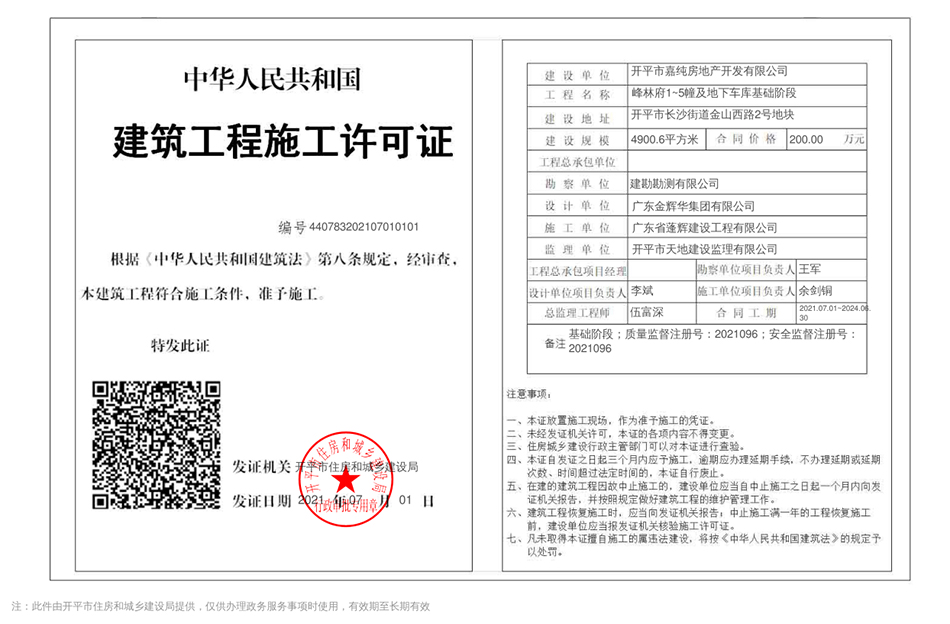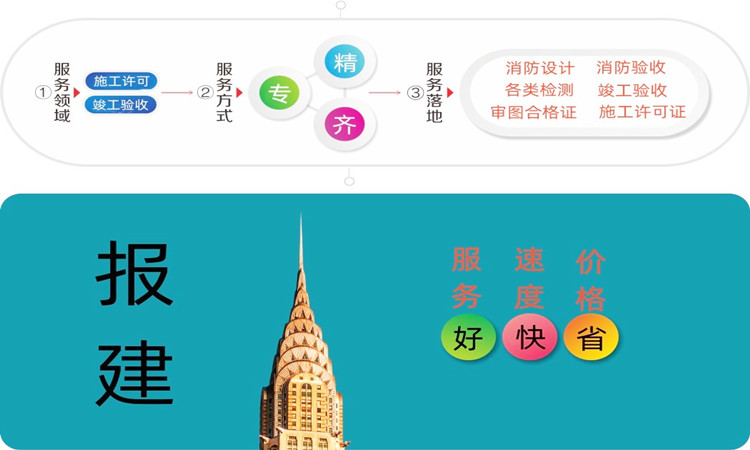这篇文章介绍了react-router 的历史以及部分源码react-router路由的历史
文末给出仓库地址附带注释
react-routerV6 版本提供一个多元的使用方式它结合 组件 + hook + react/router 的这种方式,非常灵活相对的就会造成在使用场景上需要结合文档去研究。
react-router
react-router 可以简单分割为 存储、 修改、 获取这三个方向。
存储:状态(数据)存储于 context 中
就拿 <BrowserRouter /> 组件来说,它会位于根组件的位置,它会将 history 对象并且每一次 history 对象发生修改那就会响应的重新渲染以确保每一次都能获取最新的 location 对象 和 action
从源码的角度上看它将使用 NavigationContext 主要保存 history 对象, LocationContext 主要保存 location 对象方便对其操作
在去修改路由之前还要介绍一下它的匹配规则,先制定路由匹配规则修改路由才能找到对应的element(这里的element的是匹配到路径才能去渲染的组件)它会将匹配到路径的对象都保存在 RouteContext 中,之后就可以对匹配到的数据进行处理
修改: 改变 url 路径的变化
<Navigate /> 组件或者useNavigate可以去获取当前 location 对象然后去调用 history 对象的 push 或者 replace 然后去跳转路径 由于去调用的是 history 对象的方法 就会触发 lister 监听函数,从而会更新组件 然后开始找到对应匹配的matchers对象开始渲染组件。修改路径差不多都是这样的原理
读取: 获取 url 改变后的状态
如何获取 url 的状态在 v6 版本中大多数都是使用 hooks 不再 props 中取值了,比如 useLocation 获得当前的 location 对象 或者 useMatches 获取当前匹配的 matches 对象
react-router 存在两中路由方式
- 数据路由
- 组件路由
数据路由是由 createBrowserRouter、createHashRouter、createMemoryRouter 等这些函数构造而成
使用 create*这类的构造函数传入 routes 对象是一种嵌套类型的对象,这种嵌套反映了路由的父子关系去遍历生成 routes 类似于 useRoutes 对 routes 的处理
它会返回一个 route的对象
router = {
get basename() {
return init.basename;
},
get state() {
return state;
},
get routes() {
return dataRoutes;
},
initialize,
subscribe,
enableScrollRestoration,
navigate,
fetch,
revalidate,
createHref: ,
getFetcher,
deleteFetcher,
dispose,
_internalFetchControllers: fetchControllers,
_internalActiveDeferreds: activeDeferreds,
};
这样使用
import {
createBrowserRouter,
RouterProvider,
} from "react-router-dom";import ()
const router = createBrowserRouter([
{
path: '/',
element: <Root />,
loader: () => {},
children: [
{
path: 'team',
element: <Team />,
loader: () => {}
}
]
}
])
ReactDOM.createRoot(document.getElementById("root")).render(
<RouterProvider router={router}>
)
数据路由没有仔细看过这里,简单看一下组件路由
组件的使用方式
它会提供一个干净的路由将当前位置存储在浏览器的地址栏中,并使用浏览器内置的历史堆栈进行导航。
import { createRoot } from "react-dom/client";
import { BrowserRouter } from "react-router-dom";
const root = createRoot(document.getElementById("root"));
root.render(
<BrowserRouter>
<App />
</BrowserRouter>
);
它的源码,比较简单,大致看一下
export function BrowserRouter({
basename,
children,
window,
}: BrowserRouterProps) {
let historyRef = React.useRef<BrowserHistory>();
if (historyRef.current == null) {
historyRef.current = createBrowserHistory({ window, v5Compat: true });
}
let history = historyRef.current;
// 创建一个 state 状态
// 观察过 history 库可以明白 history.listen() 的参数会接收 {action, location}
let [state, setState] = React.useState({
action: history.action,
location: history.location,
});
// 在 dom 改变之前去往 history 添加 setState 事件,每次 history 更新都要添加
// 当 url 发生变化就会通过 history 库去触发 监听时间让整个组件更新
React.useLayoutEffect(() => history.listen(setState), [history]);
return (
<Router
basename={basename}
children={children}
location={state.location}
navigationType={state.action}
navigator={history}
/>
);
}
这里看一下 Router 的源码
export function Router({
basename: basenameProp = "/",
children = null,
location: locationProp,
navigationType = NavigationType.Pop,
navigator,
static: staticProp = false,
}: RouterProps): React.ReactElement | null {
invariant(
!useInRouterContext(),
`You cannot render a <Router> inside another <Router>.` +
` You should never have more than one in your app.`
);
// 比如:giao/* 会处理成 giao
let basename = basenameProp.replace(/^\/*/, "/");
// 存在 context 中
let navigationContext = React.useMemo(
() => ({ basename, navigator, static: staticProp }),
[basename, navigator, staticProp]
);
// location 如果是字符串就要解析成 对象
if (typeof locationProp === "string") {
// 将字符串解析为 pathname, search, hash 属性的对象
locationProp = parsePath(locationProp);
}
let {
pathname = "/",
search = "",
hash = "",
state = null,
key = "default",
} = locationProp;
// 构建一个当前的 location
let location = React.useMemo(() => {
// 这里的函数表明 basename 一定被包含于 pathname 才行
// 如果不是这样的关系就会返回 null ,如果 pathname === '/' 就直接返回
// 假如pathname: 'foo/name/www', basename: 'foo/' 那就会返回 foo/ 之后的 pathname 字符串
let trailingPathname = stripBasename(pathname, basename);
if (trailingPathname == null) {
return null;
}
return {
pathname: trailingPathname,
search,
hash,
state,
key,
};
}, [basename, pathname, search, hash, state, key]);
warning(
location != null,
`<Router basename="${basename}"> is not able to match the URL ` +
`"${pathname}${search}${hash}" because it does not start with the ` +
`basename, so the <Router> won't render anything.`
);
if (location == null) {
return null;
}
return (
// NavigationContext 是一个 context 存储 navigationContext
<NavigationContext.Provider value={navigationContext}>
<LocationContext.Provider
children={children}
value={{ location, navigationType }}
/>
</NavigationContext.Provider>
);
}
接下来使用 useRoutes hook 来创建一些 匹配规则,匹配到响应的 url渲染相应的组件
import { useRoutes } from 'react-router-dom'
const routes = {
path: '/',
element: <HomeLayout />,
children: [
{
path: '',
element: <Navigate to="spylist" />
},
// 实时信息
{
path: 'spylist',
element: <SpyList />
}
]
}
function App() {
return useRoutes(routes)
}
export default App
useRoutes 的源码分析
useRoutes 是核心代码 也是颇有难度的代码 是 react-router 中最值得看的代码
一、匹配阶段 [matchRoutes 函数]
(1) flattenRoutes 函数主要做了那些事情?
1.首先它会得到一个 routes 的对象,这个对象是你通过 useRoutes传入的或者是你使用 <Routes />和 <Route /> 组件传入的,它是一种嵌套类型的对象,这种嵌套反映了路由的父子关系
{
path: '/',
children: [
0: {index: true, element: {}, },
1: {
path: '/courses',
children: {
{index: true, element: {}},
{path: '/courses/:id', element: {}}
},
element: {}
},
2: {path: '*', element: {}}
],
element: {} // 这里是与之匹配的组件
}
2.遍历 routes 利用 route 创建 meta 对象,relativePath是自身路径减去父路由路径,这样确保每一个 meta 都是一个独立的相对路由。
let meta = {
relativePath: route.path || "",
caseSensitive: route.caseSensitive === true, // 判断是否大小写 不传入就是 false
childrenIndex: index,
route,
};
meta.relativePath = meta.relativePath.slice(parentPath.length);
这里先组装一下 path
// 完整的 path,合并了父路由的 path 并然后再过滤掉 '//'
let path = joinPaths([parentPath, meta.relativePath]);
// 存储 meta 对象, 这里会将子路由和父路由存放在一起
let routesMeta = parentsMeta.concat(meta);
在递归遍历子路由都放在 parentsMeta 父路由中, 将其所有的子路由(每一个子路由都是 route )都放置在自身的前面,
if(route.children && route.childre.length > 0){
// 递归调用 [会将子路由放置在父路由的前面, 深度优先]
flattenRoutes(route.children, branches, routesMeta, path);
}
3.为每一个 route 都创建一个对象,根据 path 和 index 得出它的权重 score
const route = { path, score: computeScore(path, route.index), routesMeta }
routesMeta 是一个数组,它包含了所有的上层路由 meta 以及自身路由 meta 。
最后将处理好的值返回也就是 branches
计算 score 值
// 存在 ':xxx' 参数
const paramRe = /^:\w+$/;
// 判断有无 '*'
const isSplat = (s: string) => s === "*";
function computeScore(path: string, index: boolean | undefined): number {
// 将字符串如'/path/res/vala' 拆分成数组['path', 'res', 'vala']
let segments = path.split("/");
let initialScore = segments.length;
if (segments.some(isSplat)) {
// 优先级 -2
initialScore += (-2);
}
if (index) {
// 索引路由 优先级 2
initialScore += 2;
}
/**
* 1. 路由存在参数 +3
* 2. 路由为空 +1
* 3. 有路径 +10
*/
return segments
.filter((s) => !isSplat(s))
.reduce(
(score, segment) =>
score +
(paramRe.test(segment)
? 3
: segment === ""
? 1
: 10),
initialScore
);
}
以下是返回的东西
[
{path: '/', score: 6, routesMeta: Array(2)}
{path: '/courses/', score: 17, routesMeta: Array(3)}
{path: '/courses/:id', score: 17, routesMeta: Array(3)}
{path: '/courses', score: 13, routesMeta: Array(2)}
{path: '/*', score: 1, routesMeta: Array(2)}
{path: '/', score: 4, routesMeta: Array(1)}
]
需要注意的是: path 是自身路径 + 父路径,routesMeta 中 每一个 meta 是 slice 父路径之后的路径
(2) rankRouteBranches 函数
它主要会对 branches 数据进行排序,根据 score 大小去排序,较大的会被排序在前面
// 对 路由进行排序 分数高的会优先放在最前面
function rankRouteBranches(branches: RouteBranch[]): void {
branches.sort((a, b) =>
a.score !== b.score
? b.score - a.score // Higher score first
: compareIndexes(
a.routesMeta.map((meta) => meta.childrenIndex),
b.routesMeta.map((meta) => meta.childrenIndex)
)
);
}
function compareIndexes(a: number[], b: number[]): number {
// 子节点判断
let siblings =
a.length === b.length && a.slice(0, -1).every((n, i) => n === b[i]);
return siblings
? // If two routes are siblings, we should try to match the earlier sibling
// first. This allows people to have fine-grained control over the matching
// behavior by simply putting routes with identical paths in the order they
// want them tried.
// 兄弟路由 则要按照他们顺序的排列,这里是取出最后一个值相减
a[a.length - 1] - b[b.length - 1]
: // Otherwise, it doesn't really make sense to rank non-siblings by index,
// so they sort equally.
// === 0 位置保持不变
0;
}
(3) matchRouteBranch 函数
这个函数会去遍历 branches 数组取出一个 branch 去遍历里面的 routesMeta数组 然后看看是否和传入的 pathname 是否相互匹配,不匹配就会直接返回进行下一个 branch 去匹配,直到找到一个 routesMeta 数组中所有的 meta 的path 都能和 pathname 匹配上就会返回一个 matches 数组,这个数组存有被包装过的 meta
二、渲染阶段 [_renderMatches 函数]
在渲染阶段主要就是将得到的 matches 数组去遍历,采用后序遍历的方式,将每一个 route 都包装上 <RenderedRoute /> 组件并以 outlet 的形式返还给下一个 <RenderedRoute />组件 这样最外层的路由包裹着最内层的路由,形成了一个嵌套组件。
仓库地址
参考文章
编程-React-Router v6 源码完全解读指南
本网站是一个以CSS、JavaScript、Vue、HTML为核心的前端开发技术网站。我们致力于为广大前端开发者提供专业、全面、实用的前端开发知识和技术支持。 在本网站中,您可以学习到最新的前端开发技术,了解前端开发的最新趋势和最佳实践。我们提供丰富的教程和案例,让您可以快速掌握前端开发的核心技术和流程。 本网站还提供一系列实用的工具和插件,帮助您更加高效地进行前端开发工作。我们提供的工具和插件都经过精心设计和优化,可以帮助您节省时间和精力,提升开发效率。 除此之外,本网站还拥有一个活跃的社区,您可以在社区中与其他前端开发者交流技术、分享经验、解决问题。我们相信,社区的力量可以帮助您更好地成长和进步。 在本网站中,您可以找到您需要的一切前端开发资源,让您成为一名更加优秀的前端开发者。欢迎您加入我们的大家庭,一起探索前端开发的无限可能!代办报建
专业承接上海本地报建代办施工许可证。
联系人:张经理,18321657689(微信同号)。






最新留言
我裤子脱了,纸都准备好了,你就给我看这个?https://www.aisizs.com/
楼主加油,看好你哦!https://www.klivpn.com/
有品位!https://www.whatsappwm.com/
今天是个特别的日子,值得纪念!https://www.sougoui.com/
读了楼主的帖子,顿时马桶就通了。。。https://www.linewb.com/
信楼主,考试不挂科!https://www.whatsappwm.com/
帖子好乱!https://www.klivpn.com/
读了楼主的帖子,顿时马桶就通了。。。https://www.sougoui.com/